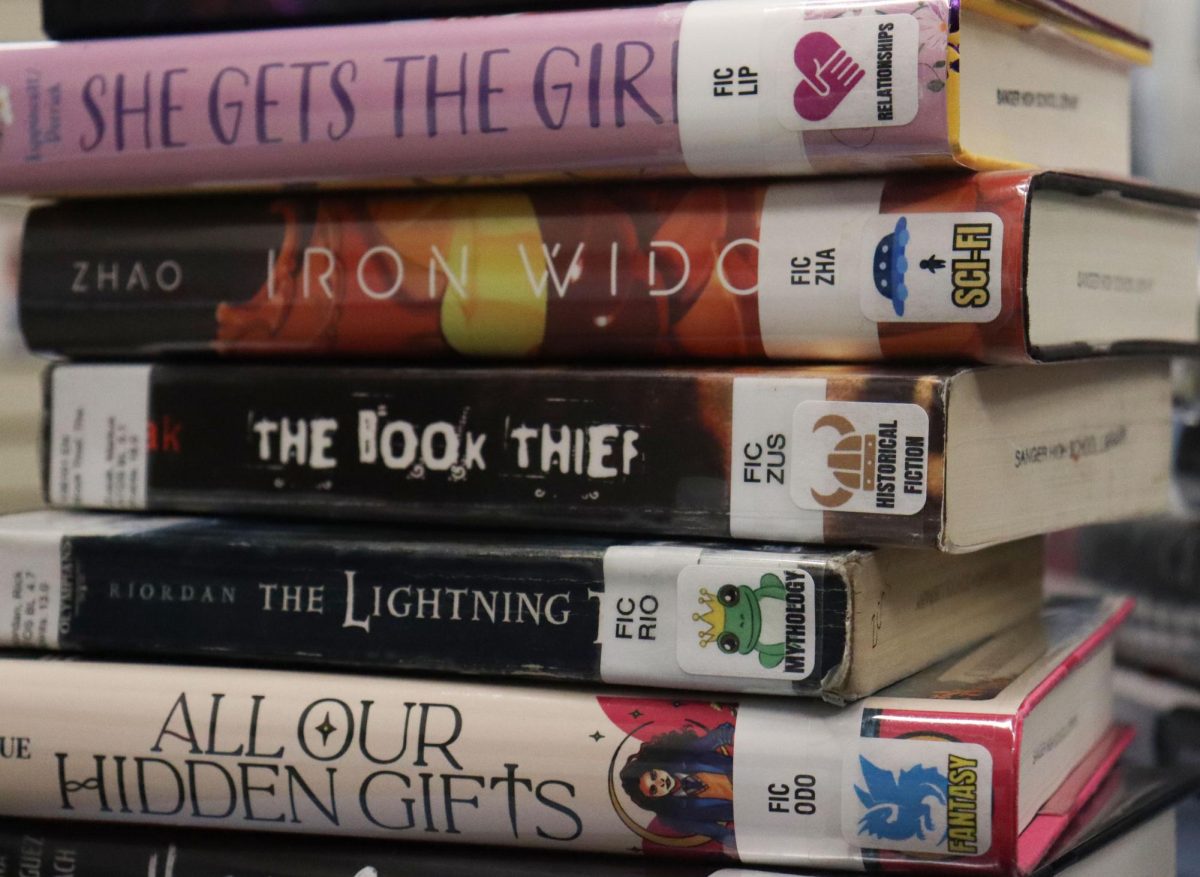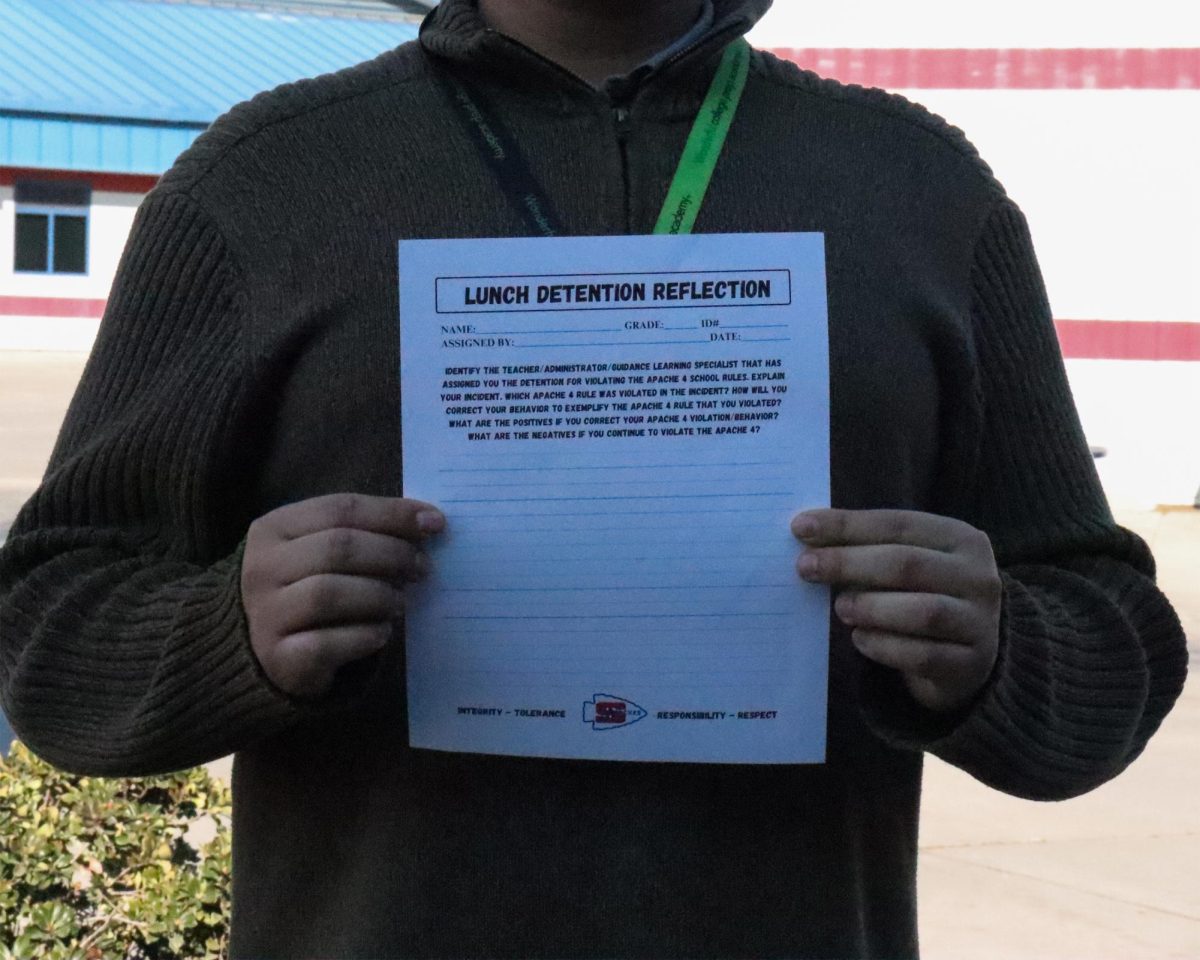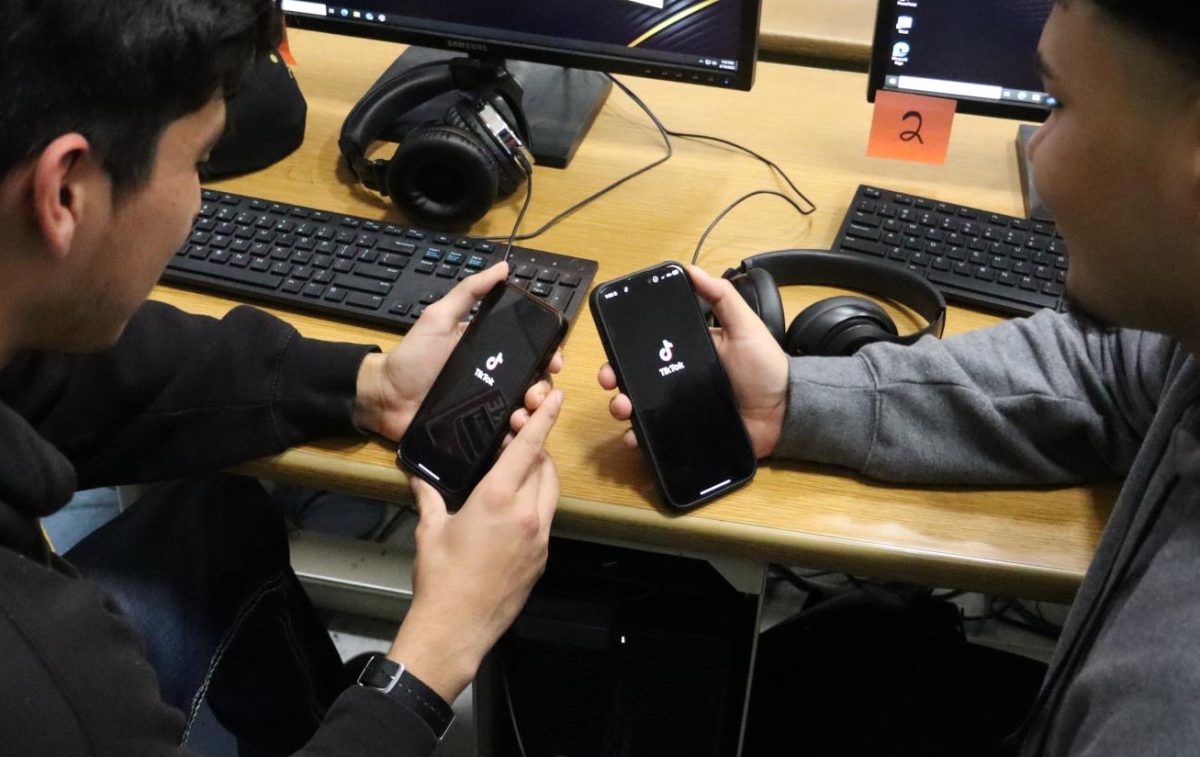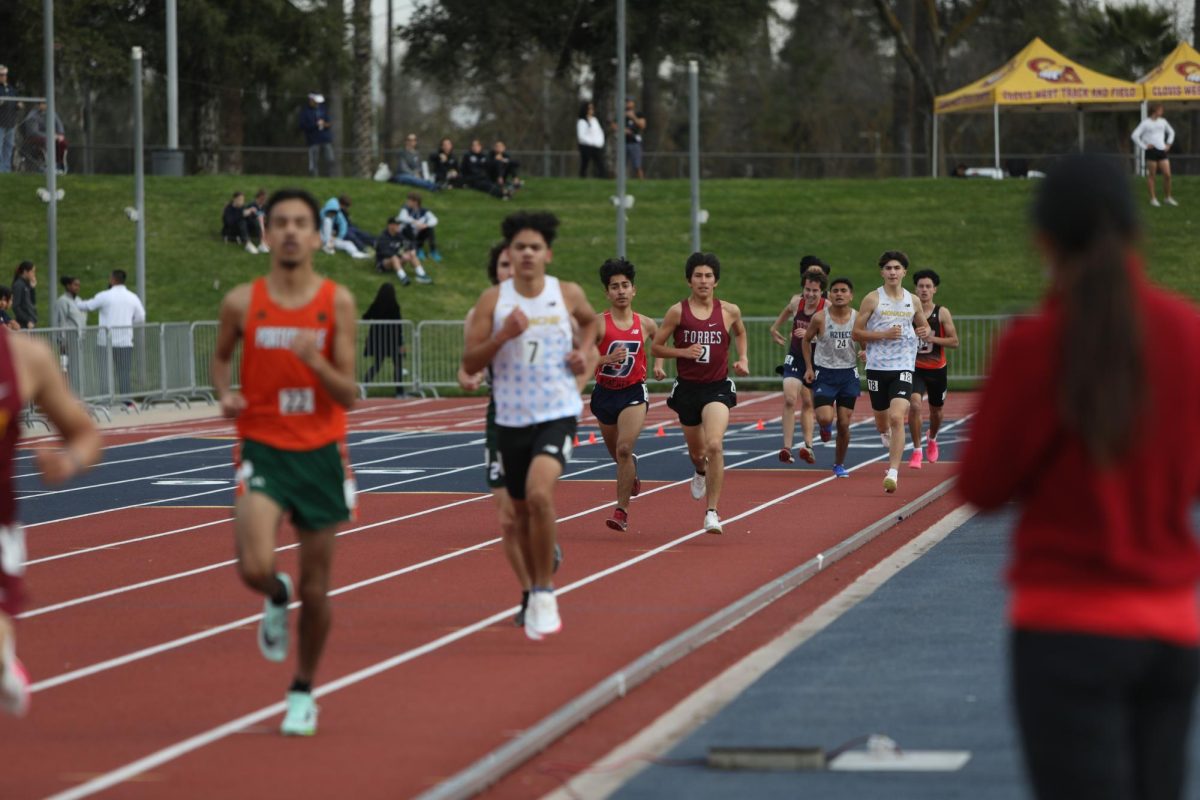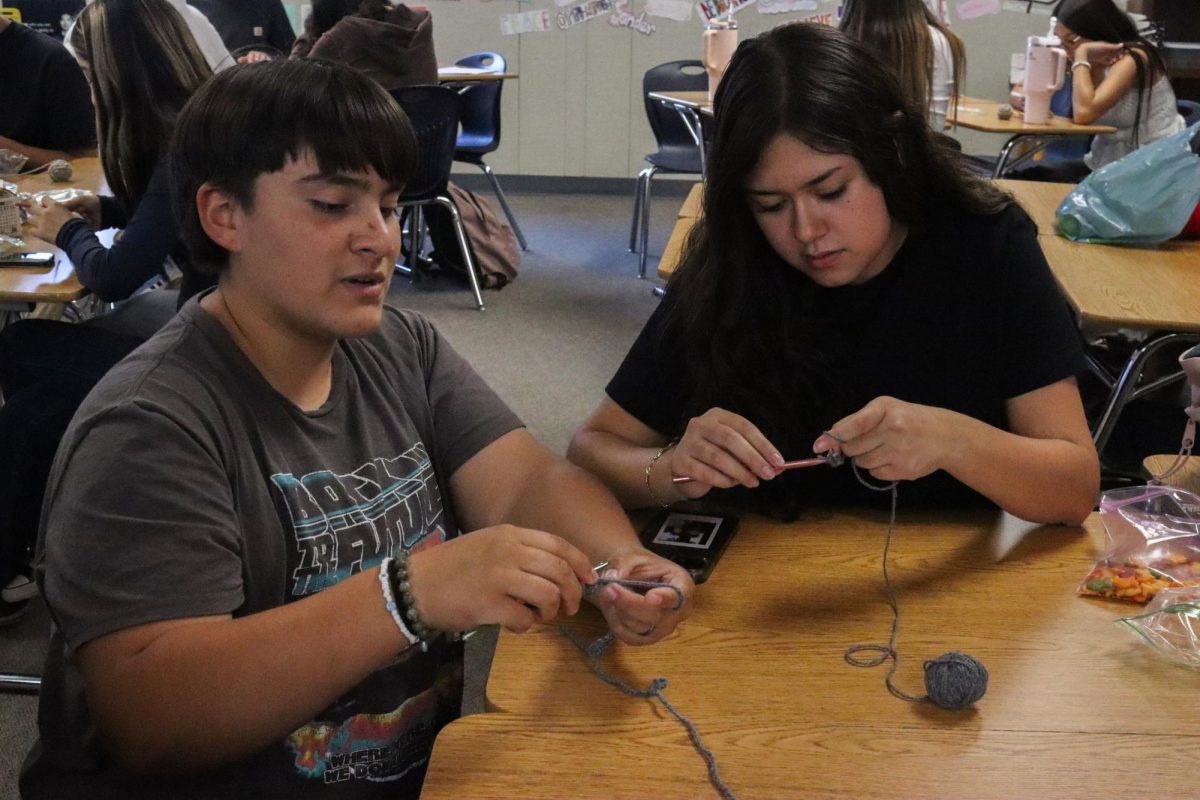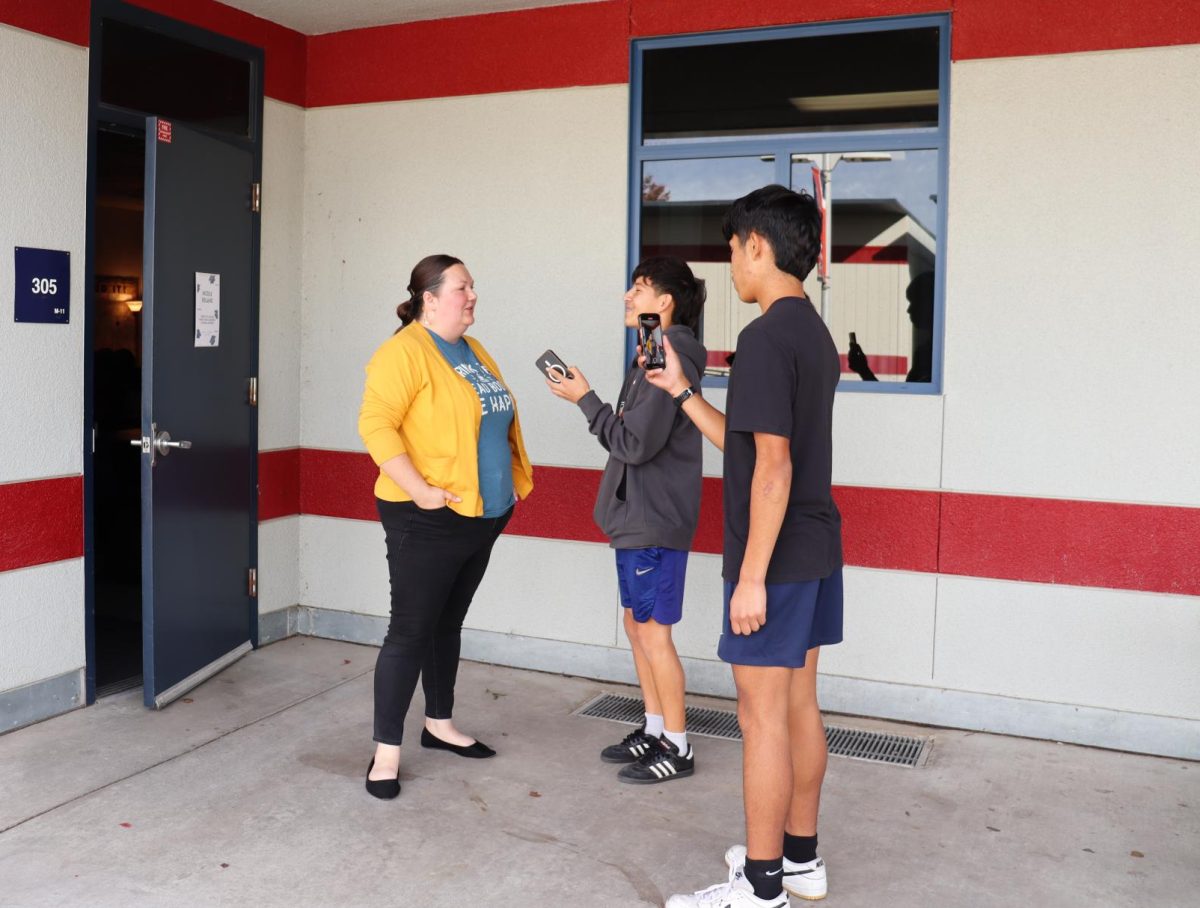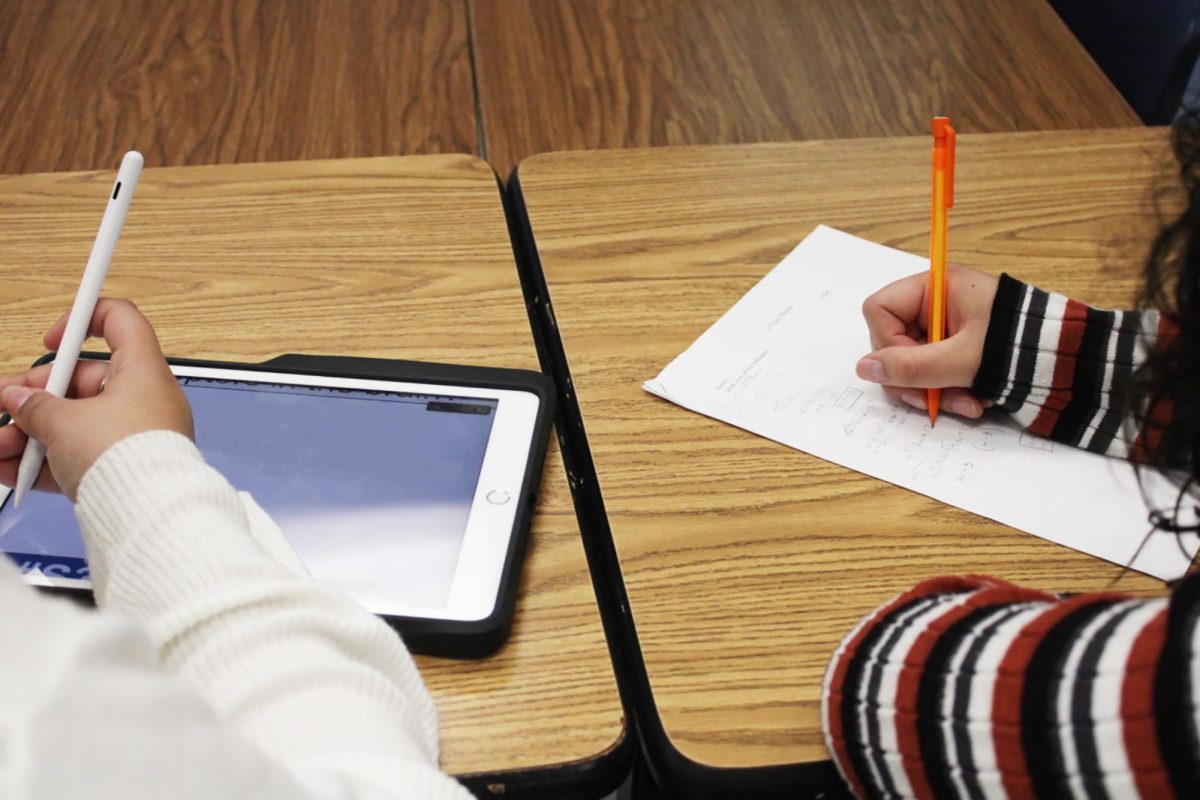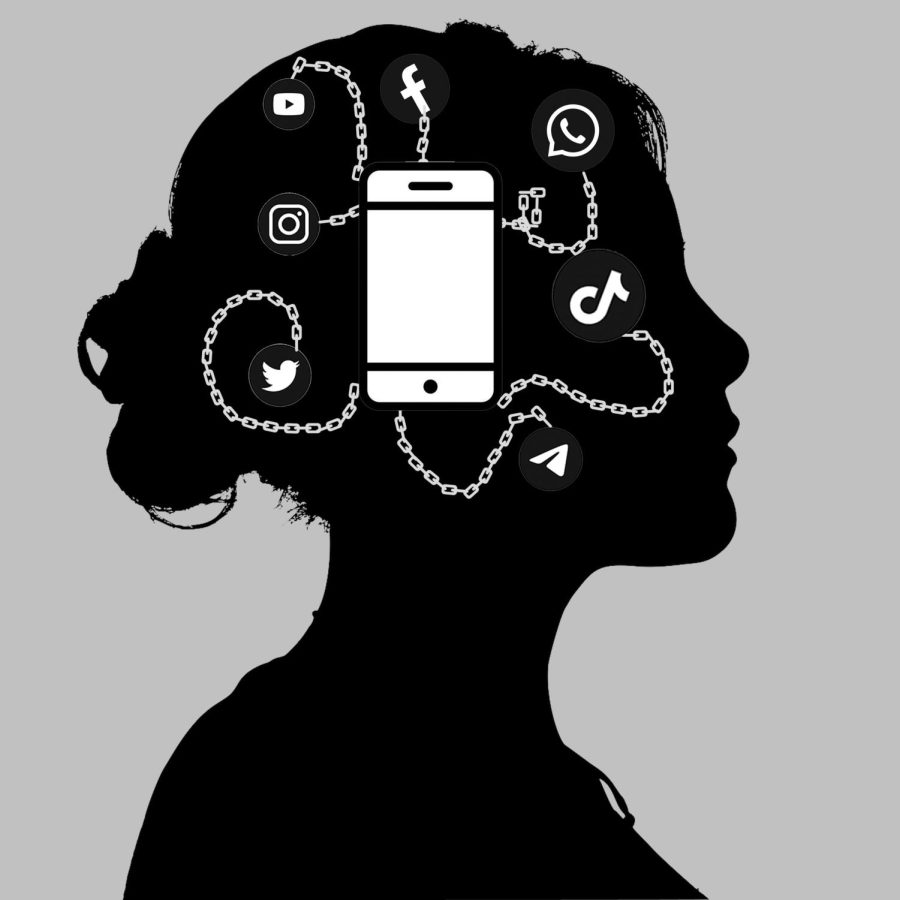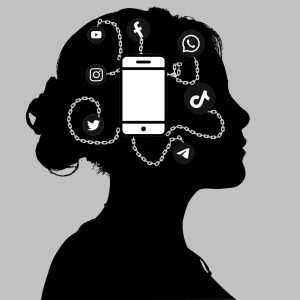May 18, 2023
Dings, bings and fluttering vibrations are the sounds of notifications filling up cell phones and all sorts of devices from dusk to dawn.
In a time where technology is at our fingertips, social media apps have dominated everyone’s lives. Even post-pandemic, people of all generations seem to prefer social media to in-person contact. Q-R code menus, tablet payment at restaurants, businesses flourishing on social media outlets, it’s everywhere. However, even though communication is important, social media contact continues to dehumanize personal connections. Social media has been proven to increase loneliness, feelings of isolation and create unhealthy or unsafe relationships.
As high school students, or even as early as elementary, we are assigned iPads that become the center of our education. Essentially, while we are focused on becoming technologically advanced, we actually become much more reliant on it for everything. We rely on the keyboard to translate our messages.
Where is the face-to-face conversation? Asking questions and participating in group discussions? How do we create projects together? A keyboard can only take you so far.
Social media will bring the world to your fingertips and perhaps introduce you to places you never imagined, meeting people near you that you may have never known, but do you really know them? It is unhealthy to rely on social media to run our everyday personal interactions.
Teenagers have completely changed over time. The main force of communication centers around apps like Facebook, Instagram, Snapchat and an endless list of other platforms that we find ourselves wrapped around.
Even if we keep in touch with people over social media, we feel less connected than we would if we were having face-to-face interactions.
Social media gives us the illusion that we are socially connected. A number of followers or those followed become meaningless if we do not have the same relationship with them in an offline world. We are so inclined to follow our comments with an emoji because translating what we are saying, how we feel, or what we are trying to convey doesn’t come across. But is that emoji truly conveying how we really are acting or reacting? Are you really crying or laughing? We lose the emotional connection to one another. We lose the understanding and thoughtfulness to our relationships.
The fact remains that the virtual connection is not that same as face-to-face interaction. It is not a substitute.
Whether you’re into it or not, we should not live our lives through technology. We are unique human beings who were forced into a technological world due to COVID. Physical social interactions were almost non-existent. But we’ve risen from a time when our webcams and zooms tore us apart. We’ve since emerged from this time period and the physical interaction of today’s everyday life is far more humanizing and socially acceptable than the anti-social world of social media.

